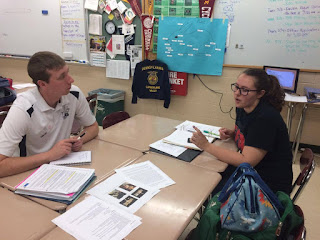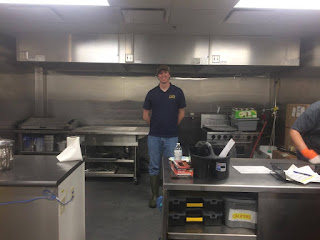Reflection of Supervised Agricultural Experiences

Reflection on the Importance of Supervised Agricultural Experiences in Youth Development “SAEs are Experiential service and/or worked-based learning through the implementation of a supervised agricultural program” is a direct quote from the National FFA Organization on SAEs. Here is my disclaimer: My knowledge behind SAEs has been what I have seen and talked to with students, FFA Alumni, and Ag Teachers. If you would have asked me what an SAE was years ago I would have said something like: Project Animals, Crop Growing, Agribussiness, Job Shadowing. Now that I’m trying to prepare myself to be an FFA Advisor in training this spring I am starting to get a better idea of the purpose of SAE. During my one visit to Cumberland Valley FFA Chapter I met one of the girls who is working on an agriscience fair project. This is kind of like a science fair project but has its own twist. This is how she determined her project topic: “At first I wanted to find a

